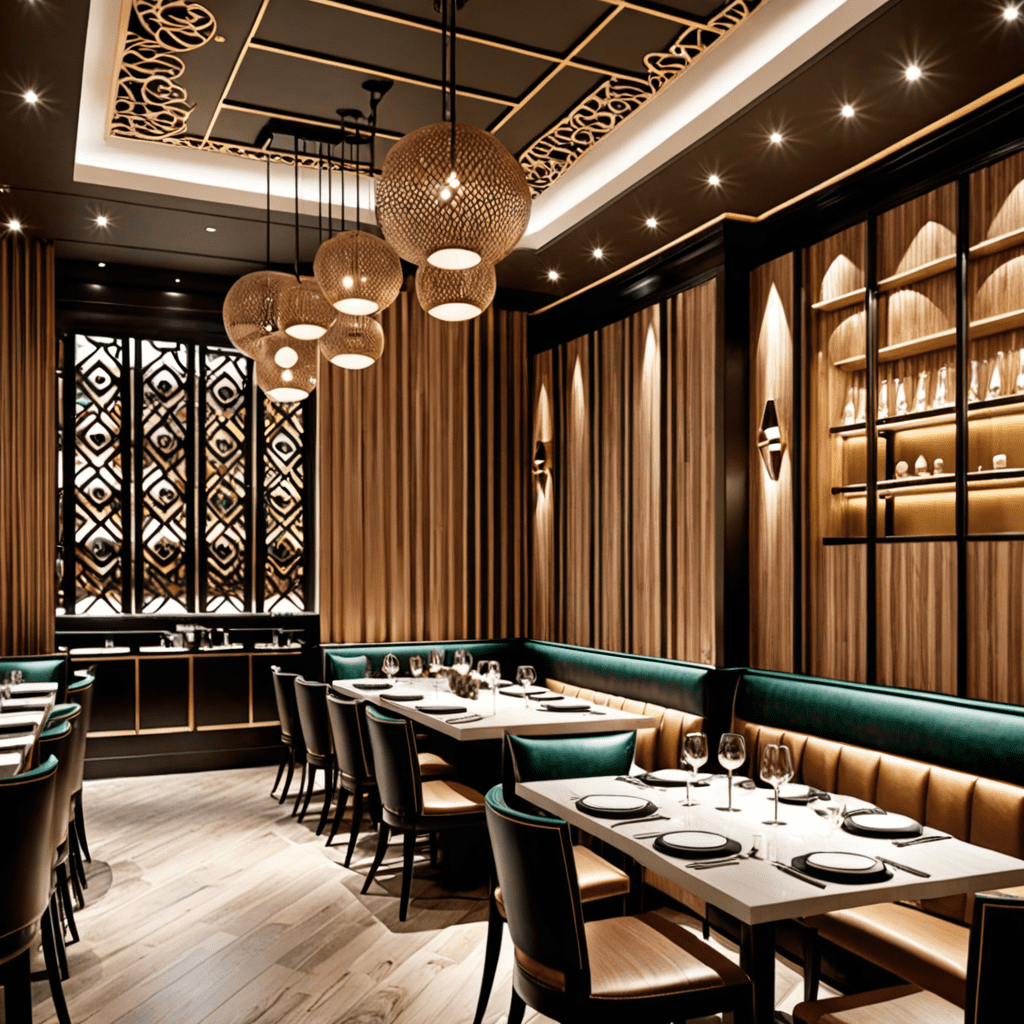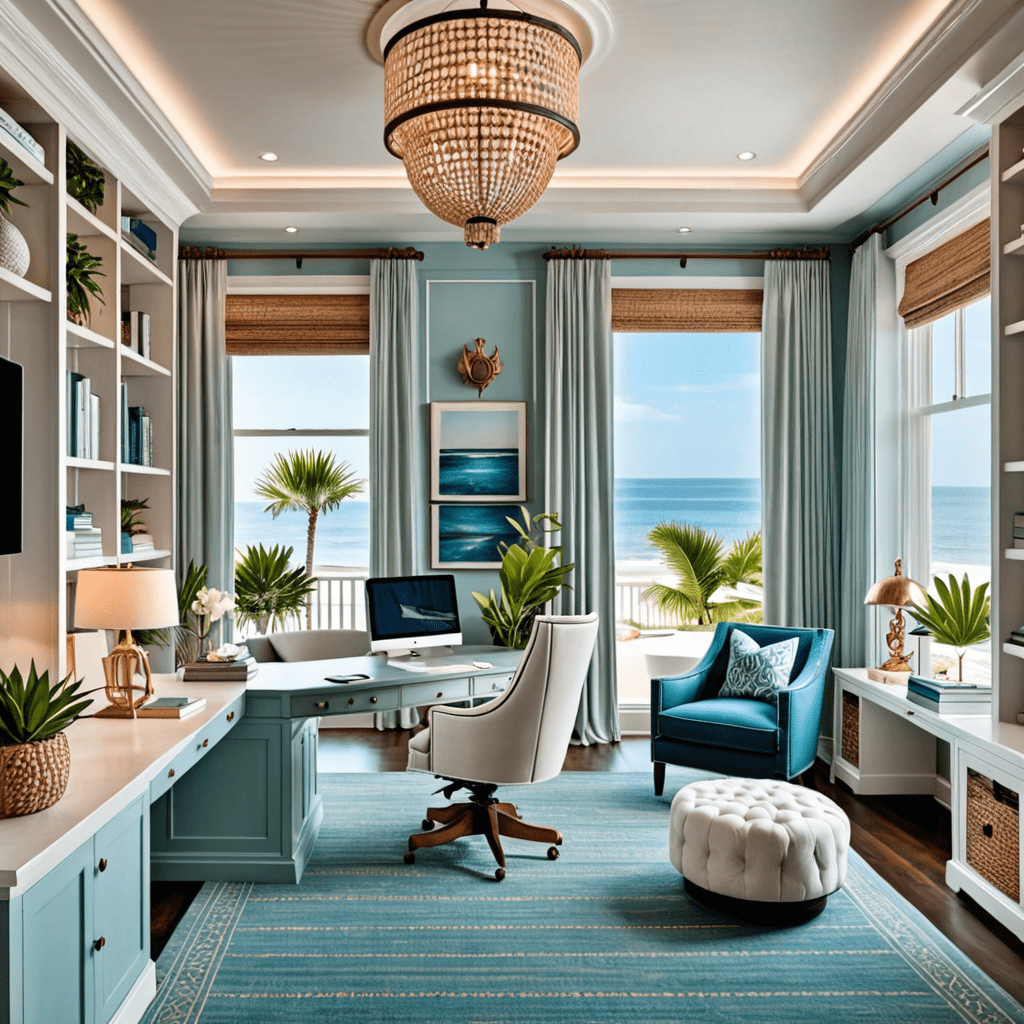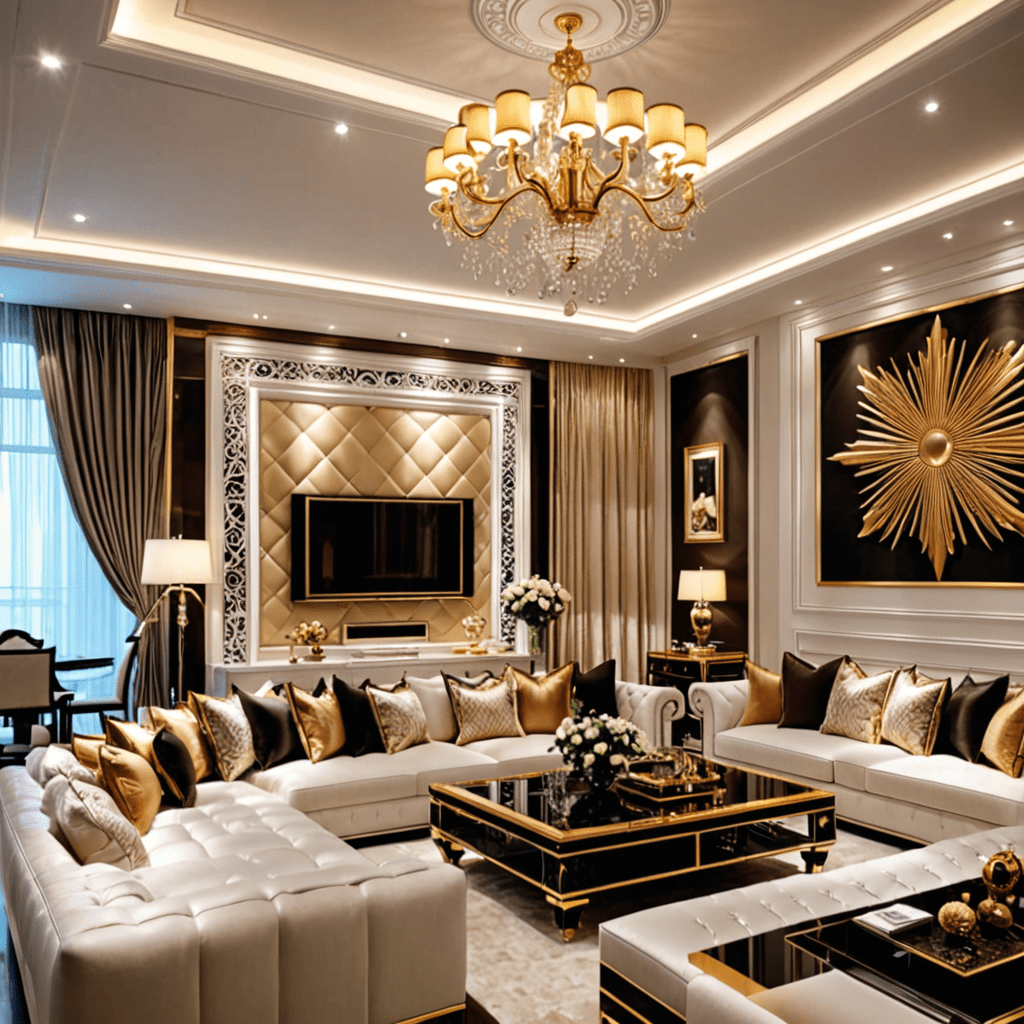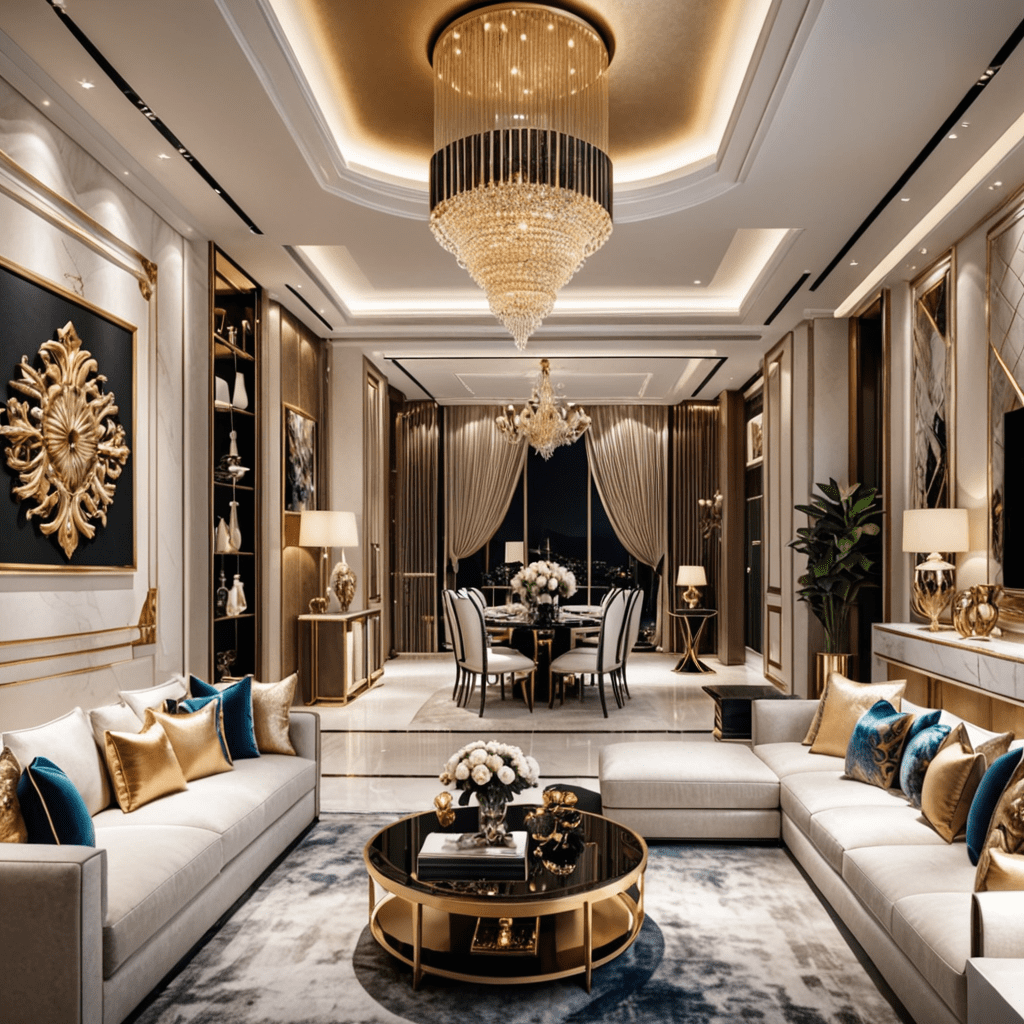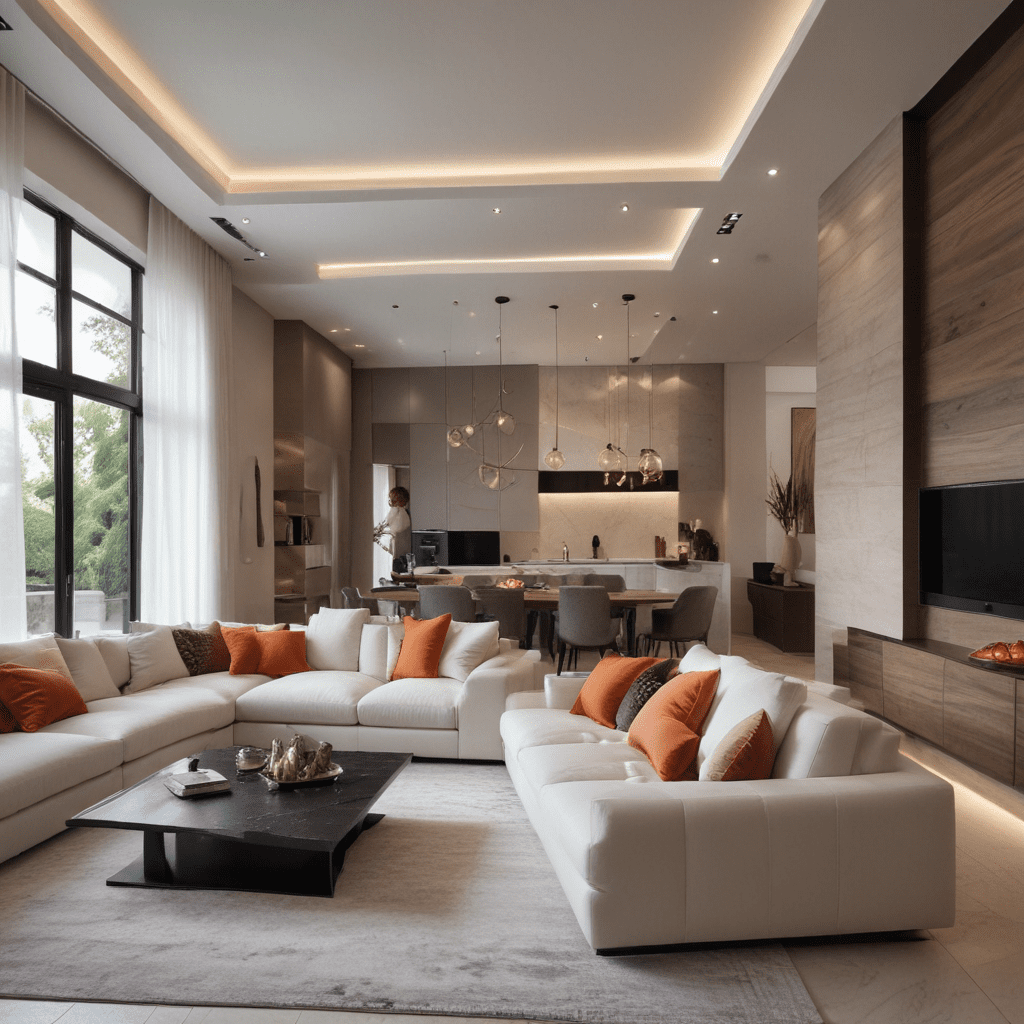Scandinavian Design: A Style Guide
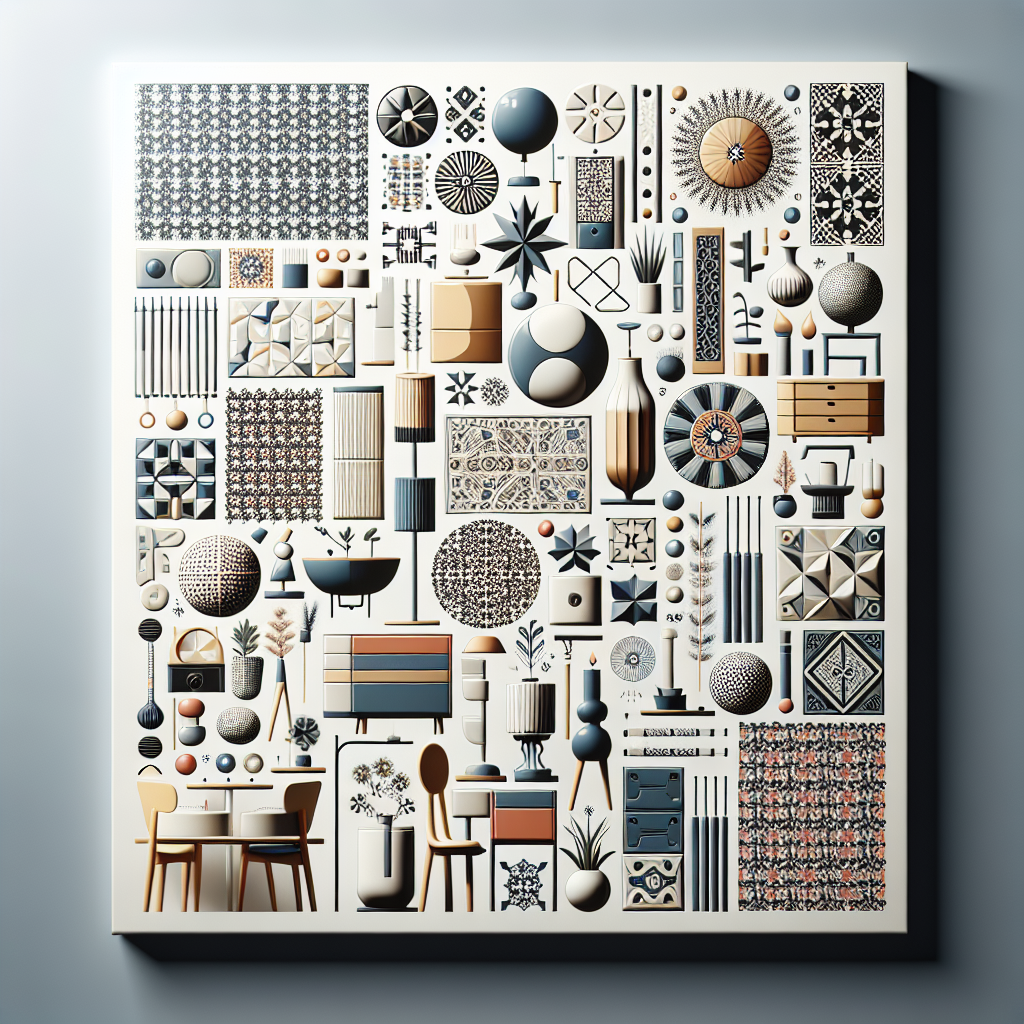

Scandinavian Design: A Style Guide
Introduction
Scandinavian design has unabashedly claimed its place in the modern world, being synonymous with simplicity, minimalism, and functionality. This design philosophy, which originates from the Nordic countries, has significantly influenced the way we perceive and approach interiors. Its emphasis on clean lines, natural light, and a muted color palette has transformed homes into serene sanctuaries that not only look effortlessly stylish but also promote a harmonious living environment.
The Enduring Influence of Scandinavian Design
Scandinavian design is more than just an aesthetic; it’s a lifestyle choice that resonates with individuals seeking tranquility and balance in their daily lives. This design ethos is characterized by its unpretentious beauty and accessibility, which makes it both practical and appealing. Through its thoughtful application, Scandinavian design invites light into spaces, creates a sense of openness, and engenders a connection with nature—all of which contribute to a holistic approach to living that is as relevant today as ever.
Key Elements of Scandinavian Design
Understanding the core elements of Scandinavian design is essential to appreciate its impact and seamlessly integrate it into your home.
- Simplicity: Every piece serves a purpose, avoiding unnecessary embellishments.
- Functionality: Items are not just for show; they fulfill specific needs to enhance daily living.
- Minimalism: Clutter is the enemy; the focus is on creating a sense of order and tranquility.
- Natural Materials: Wood, leather, and wool are prominently featured, bringing the outdoors in.
- Neutral Palette: White, grey, and earthy tones dominate, with splashes of color used sparingly.
Tips for Choosing Furniture with a Scandinavian Influence
Selecting furniture pieces that align with Scandinavian design principles can result in a cohesive aesthetic that’s both inviting and visually pleasing.
- Opt for Quality and Longevity
- Instead of trendy items, select well-crafted pieces that stand the test of time.
- Consider sustainably sourced materials that reflect environmental consciousness.
- Scale and Proportion
- Choose furniture that’s proportionate to the room size to maintain an airy feel.
- Multi-functional pieces are ideal for maximizing space without overcrowding.
- Aesthetic and Comfort Balance
- Look for designs that are aesthetically pleasing yet comfortable and practical.
- Furniture should invite use while contributing to the room’s overall peaceful vibe.
- Cohesion
- Select pieces that complement each other through their simplicity and clean lines.
- Maintain a coherent look by sticking to a consistent color and material palette.
Incorporating Art and Decor the Scandinavian Way
Art and decor in Scandinavian design should enhance the space without overpowering it. Each item should contribute to the room’s narrative of calm and clarity.
- Functional Decor
- Choose items that are both decorative and useful, like beautiful storage baskets or ceramic vases.
- Textile Tactility
- Introduce softness and warmth with textiles like throw blankets or cushion covers in natural fibers.
- Nature-Inspired Artwork
- Opt for art that reflects the natural world, with landscapes or botanical prints.
- Keep framing simple and let the artwork speak for itself.
- Controlled Color Splashes
- Use color in moderation; a single accent piece can be a focal point without overwhelming.
- Lighting as Decor
- Utilize lighting fixtures that double as sculptural elements, reinforcing the minimalist but functional motif.
Current Trends in Scandinavian Interior Design
Despite its timelessness, Scandinavian design is not immune to evolution. Contemporary trends breathe new life into the classic style, ensuring its continued relevance.
- Biophilic Design: Deepening the connection with nature by incorporating living plants and maximizing natural light.
- Earthy Tones: A shift to more earthy tones and textured surfaces adds warmth while staying true to the minimalist foundation.
- Maximalist Minimalism: Pairing minimalist principles with bolder, expressive elements showcases personality without clutter.
- Sustainable Practices: Increased focus on eco-friendly materials and local craftsmanship emphasizes the sustainable aspect of Scandinavian design.
Conclusion
The influence of Scandinavian design endures because it offers more than a mere look—it embraces an entire approach to living that values simplicity, beauty, and utility. By adopting the principles outlined in this style guide, you too can create an interior that is not only on-trend but also timeless, serene, and reflective of a lifestyle that many aspire to. Whether you’re refurbishing a single room or overhauling your entire home, the Scandinavian design philosophy offers a blueprint for spaces that are as liveable as they are lovely.
